If you’re looking for a skin treatment that goes beyond hydration and plumping, you’ve probably heard about Rejuran. This skin-healing…
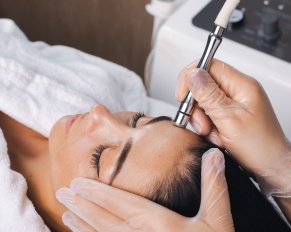

If you’re looking for a skin treatment that goes beyond hydration and plumping, you’ve probably heard about Rejuran. This skin-healing…
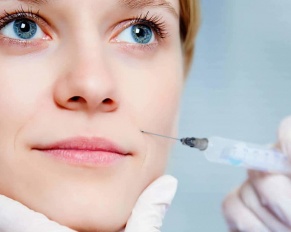
Botox, widely recognized for its cosmetic prowess in diminishing facial wrinkles, has transcended its aesthetic origins to emerge as a…
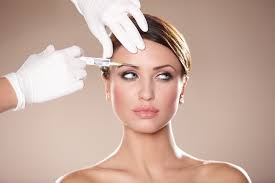
In the realm of cosmetic enhancement, injectable skin treatments have emerged as a cornerstone for those seeking to diminish the…
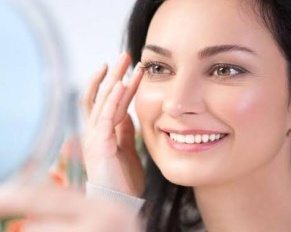
Originally posted on: https://amazingposting.com/from-acne-to-aging-a-complete-skincare-guide-for-every-stage-of-life Navigating the vast world of skincare can be daunting, with every age bringing its unique…
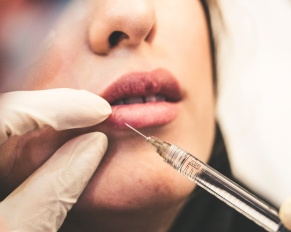
In today’s fast-paced world, the pursuit of personal perfection and self-satisfaction has never been more prevalent. Our physical appearance often…
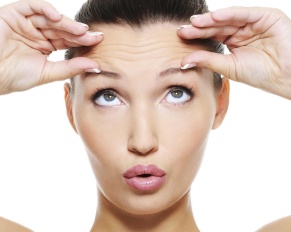
As the golden years approach, the desire to age gracefully while maintaining a youthful glow becomes a significant aspect of…

Originally posted on: https://drsanjaylalla.com/blog/botox-benefits/ With a multitude of health benefits, it’s clear why Botox remains one of the most requested…

Most people associate removing wrinkles with a Botox treatment, but recently it has been used in cases where individuals have experienced migraines. The question remains as to whether or not there is adequate evidence that would show a Botox treatment would provide any measure of relief for migraine sufferers. In July of 2010, the MHRA (Medicines and Healthcare products Regulatory Agency) licensed Botox for treating chronic migraines. The FDA (Federal Drug Administration) approved the use of Botox for treatment of chronic migraine headaches.
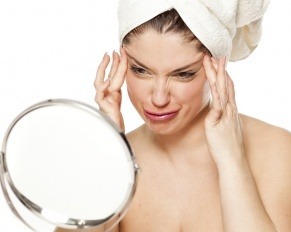
It’s pretty safe to say that most women of a certain age are concerned about the physical signs of aging. Age spots, wrinkles, and dark circles are just a few of the things that keep women, and some men, angling for ways to look younger. Although plastic surgery seems to be more popular than ever these days, it does carry considerable risks along with some pretty steep costs. Fortunately, there are some noninvasive cosmetic procedures that can take years off your appearance without forcing you to go under the knife.
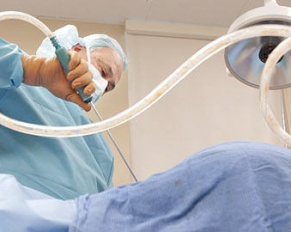
Nowadays, non-surgical seems to be the buzzword around doctors’ offices that offer rejuvenation therapy, anti-aging procedures, and traditional plastic…